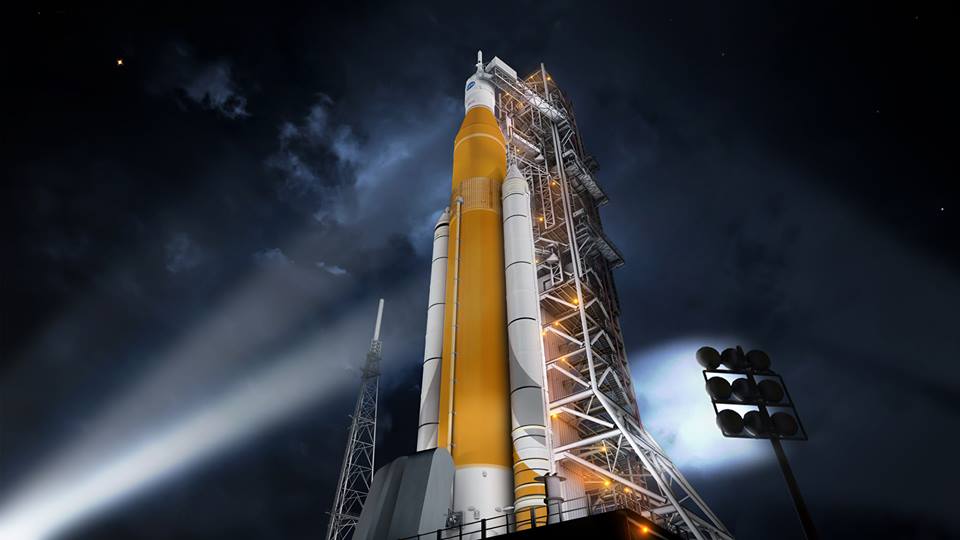-
Tips for becoming a good boxer - November 6, 2020
-
7 expert tips for making your hens night a memorable one - November 6, 2020
-
5 reasons to host your Christmas party on a cruise boat - November 6, 2020
-
What to do when you’re charged with a crime - November 6, 2020
-
Should you get one or multiple dogs? Here’s all you need to know - November 3, 2020
-
A Guide: How to Build Your Very Own Magic Mirror - February 14, 2019
-
Our Top Inspirational Baseball Stars - November 24, 2018
-
Five Tech Tools That Will Help You Turn Your Blog into a Business - November 24, 2018
-
How to Indulge on Vacation without Expanding Your Waist - November 9, 2018
-
5 Strategies for Businesses to Appeal to Today’s Increasingly Mobile-Crazed Customers - November 9, 2018
Nasa’s Mars-bound rocket passes key design review
The space agency’s Space Launch System (SLS) is created to send astronauts to Mars, and it’s the first rocket system NASA to pass through the CDR phase since the Saturn V. The Block 1 configuration will have 15 percent more thrust than the Saturn V rocket that was responsible for launching astronauts to the moon as part of the Apollo missions.
Advertisement
This past Thursday, NASA announced that its Space Launch System, described as the most powerful rocket in the history of mankind, had officially completed its critical design review and had been cleared for construction. The SLS budget is projected to cost more than $7 billion from early 2014 through its first test flight, which is expected no later than November 2018.
“This is a major step in the design and readiness of SLS”, stated John Honeycutt, SLS program manager. Now, it’s up to engineers to get to work building the rocket’s components and then put them together. Boeing is producing core stage flight hardware at NASA’s Michoud Assembly Facility and building out additional test and integration facilities.
The SLS Program completed the review in July, in conjunction with a separate review by the Standing Review Board, which is composed of seasoned experts from NASA and industry who are independent of the program.
SLS has to undergo four reviews to check and validate the system’s overall design – the CDR is the last of these reviews before the rocket moves on to Design Certification. The SLS program has completed its critical design review, and the program has concluded that the core stage of the rocket will remain orange along with the Launch Vehicle Stage Adapter, which is the natural color of the insulation that will cover those elements.
The agency has worked with Lockheed Martin to build the Orion spacecraft and collaborated with Boeing to develop SLS’ core and upper stage and avionics systems. As part of the process, workers spent 11 weeks reviewing more than 1,000 SLS documents and more than 150 GB of data. The so called Block I configuration will use twin boosters and four RS-25 engines.
The final assessment, the flight readiness review, will take place just prior to the rocket being ready to launch.
Advertisement
The results were presented to NASA Associate Administrator Robert Lightfoot this month (October 2015). The certification will compare the actual final product to the rocket’s design. The SLS will send an Orion spacecraft into a large orbit around the moon, deeper into space than any human has been, before splashing into the ocean off the coast of Baja, California 25 days later. NASA and Orbital ATK, are preparing to conduct the second Qualification Motor test of the initial SRBs. “Perhaps most notably in terms of the rocket’s progress, NASA has stated that, “…the core and upper stages of the rocket are either completed or are now in production”.




























